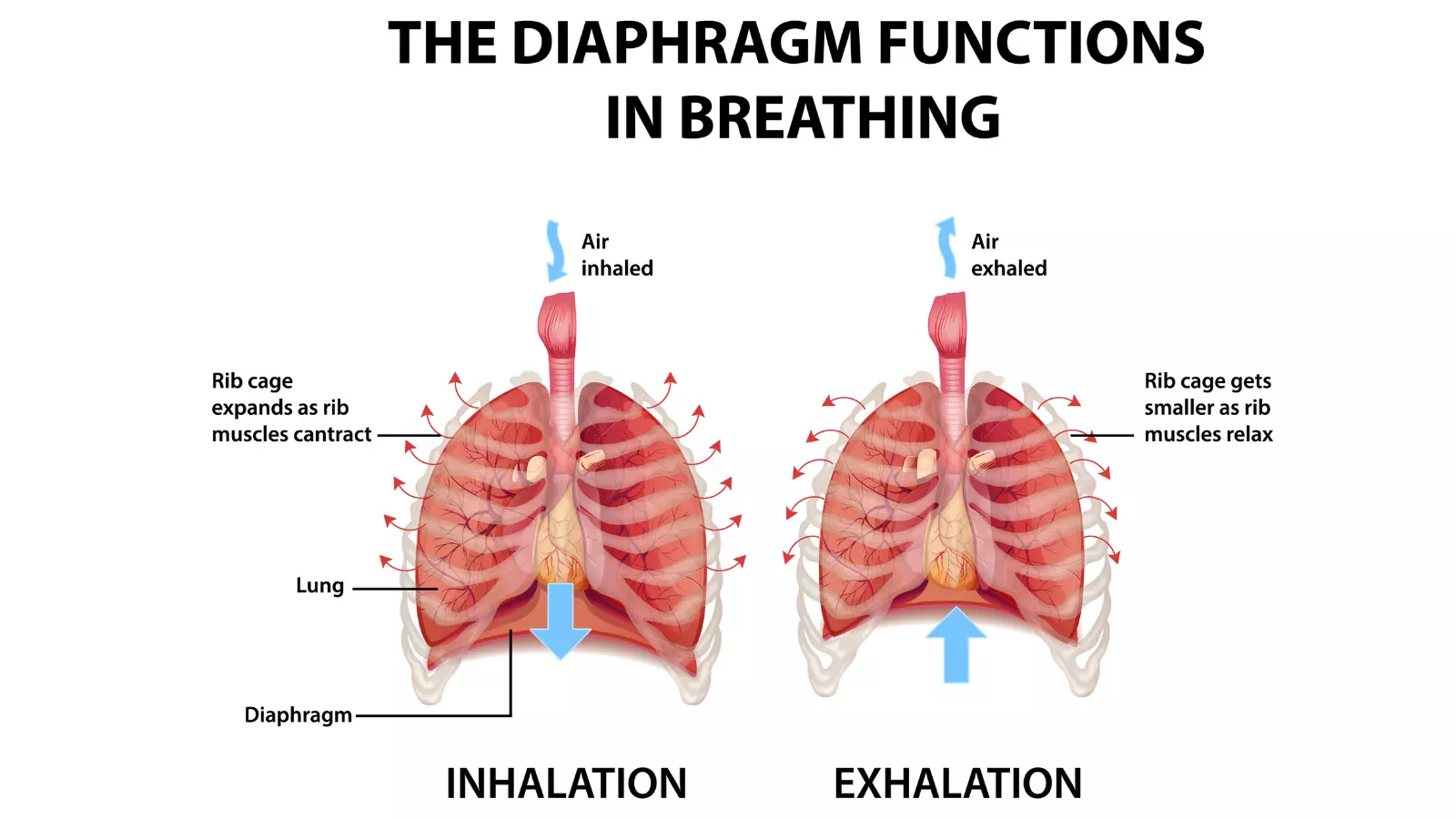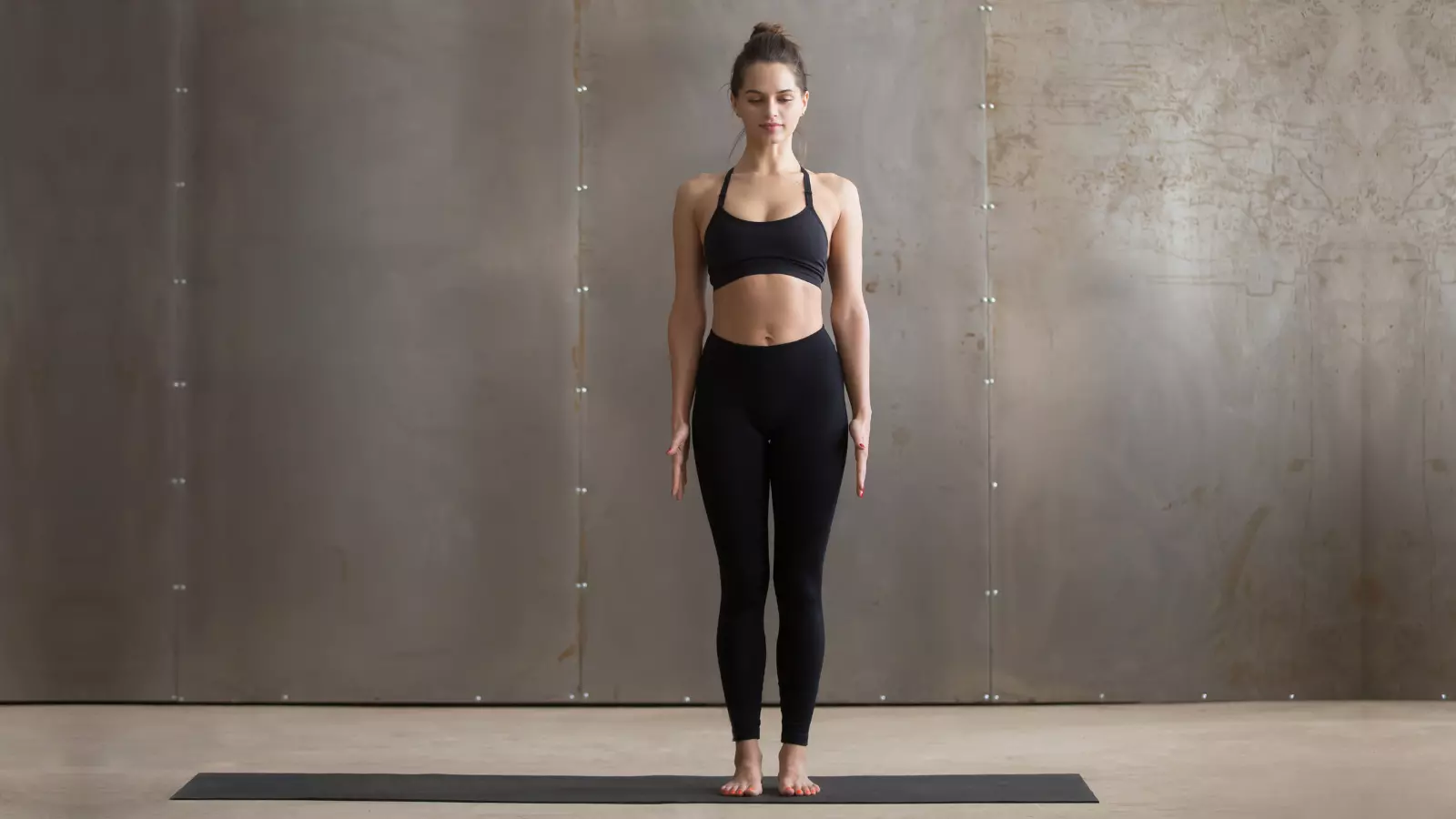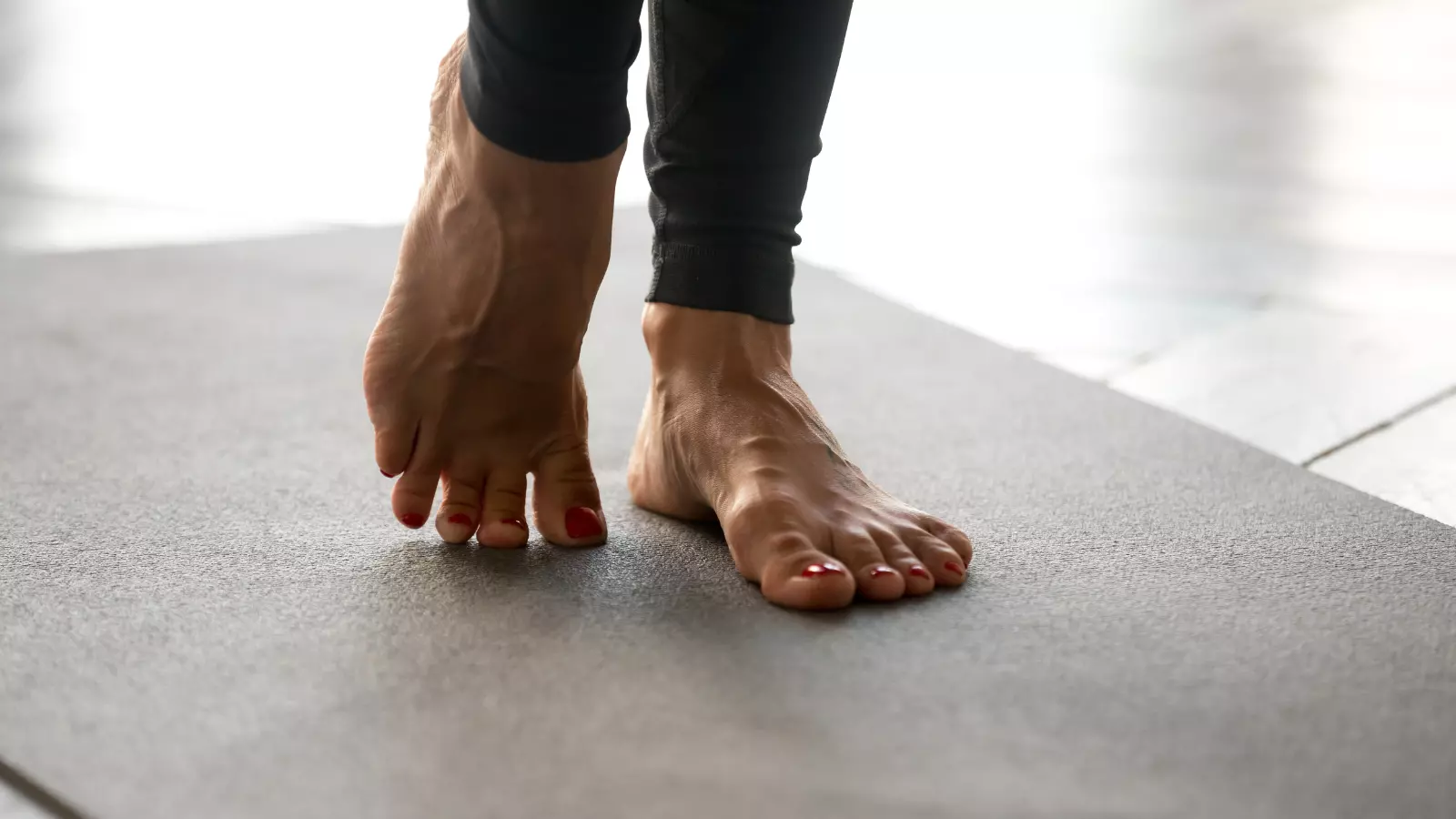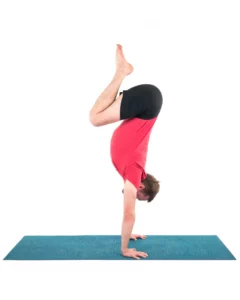For a Stronger Pelvic Floor, Avoid These 5 Common Issues

Article At A Glance
Do you practice Kegels? Here are five common issues that may keep you from having a stronger pelvic floor.
Even though I’m a foot specialist, I am all about the pelvic floor. It is connected to the feet, after all! As I teach my patients and professionals how to reconnect to the pelvic floor muscles, I want to remind them that these anti-gravity postural muscles are deeply connected to our feet, breath, and emotions. Below are five of the most common issues I see people make when trying to build a stronger pelvic floor.
5 Common Issues That Might Be Keeping You from Having a Stronger Pelvic Floor
1. Holding Your Breath

The diaphragm moves in rhythm with the pelvic floor and should be integrated as such during your exercises. As the pelvic floor lifts, so should the diaphragm as you exhale. In yoga, this is referred to as “stacking the bandhas.”
2. Forgetting to Lift
The pelvic floor is an anti-gravity postural muscle. This means as we contract or “say hello” to our pelvic floor, we should feel a lift. When you perform a lift of your pelvic floor, you should actually feel a decrease in pressure under your feet!

3. Pelvic More Issue: Overachieving
This is a big one! I like to cue 20 percent max contraction when activating and connecting to the pelvic floor. Stronger contractions should match the movement. This means that under load or heavy lifting, the percent of contraction of the pelvic floor should be higher.
4. Making Your Glutes Do All the Work
Isolating the pelvic floor is a skill. I often find that when people are not as familiar with pelvic floor contraction, they compensate by squeezing the glutes. Instead, we want to find a pelvic floor connection without strong gluteus maximus contractions.
5. Not Integrating Your Feet: Pelvic Floor Issue #5

My favorite, of course! As we bring pelvic floor training into functional movement we need to make sure it is coordinated with the feet. Short foot will be the exercise to link the feet to the pelvic floor. You can see a video of that exercise below.
Also, read...
3 Yoga Practices to Support Pelvic Floor Health
Head, Shoulders, Knees – and the Pelvic Floor: How Everything’s Connected
A Simple Yoga Practice for Finding and Strengthening Your Pelvic Floor Muscles
Related courses

As a Podiatrist, Human Movement Specialist, and Global Leader in Barefoot Science and Rehabilitation, Dr. Splichal has developed a keen eye for movement dysfunction and neuromuscular control during gait.
Originally trained as a surgeon through Beth Israel Medical Center in New York City and Mt Vernon Hospital in Mt Vernon, NY, in 2017 Dr. Splichal put down her scalpel and shifted her practice to one that is built around functional and regenerative medicine.
Functional and regenerative medicine and the role of anti-aging science as it relates to movement longevity is where Dr. Splichal’s passion is focused. Currently enrolled in a Fellowship for Anti-Aging and Regenerative Medicine from the American Academy of Anti-Aging Medicine (A4M), Dr. Splichal’s recommendations typically include PRP or stem cell therapy, photomodulation or red light therapy, dry needling or acupuncture, vitamin supplementation, sensory stimulation of the nervous system, fascial work and integrated exercises.



